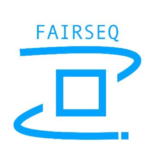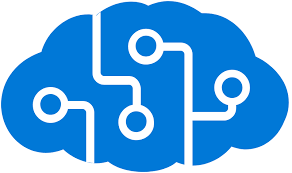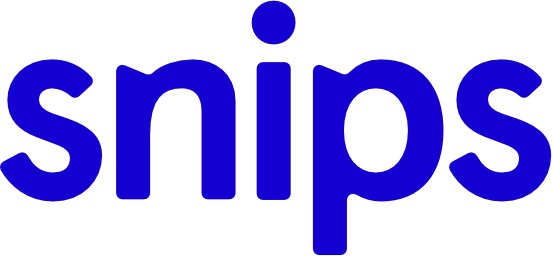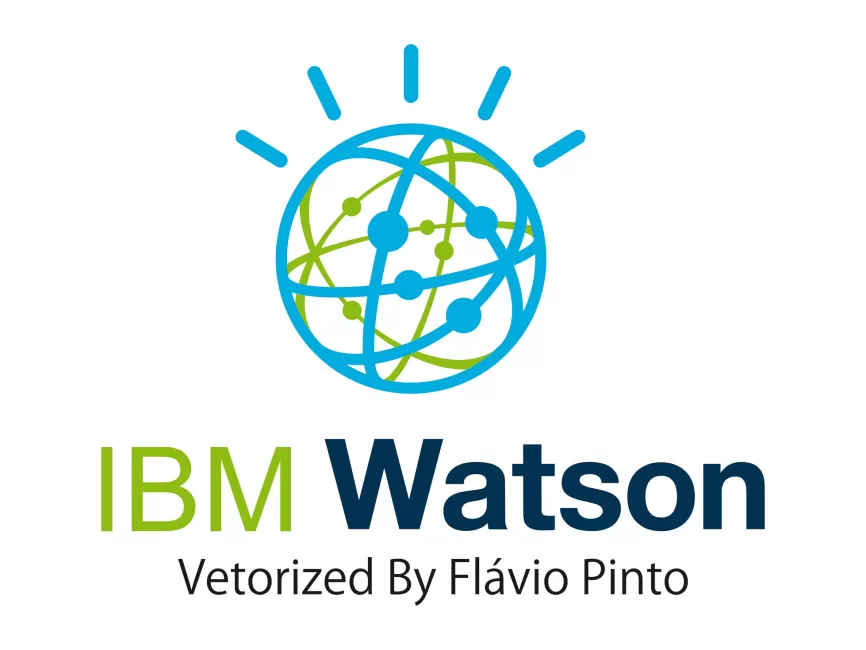
OpenAI’s flagship language model, offering similar capabilities to Bard but with different strengths and limitations. Requires access through OpenAI’s API.
- Strengths: Extremely powerful, known for creative text formats and engaging writing styles.
- Weaknesses: Limited access through API, less transparent inner workings.
- User cases: Marketing content creation, generating scripts and poems, advanced translation
Bard: Google’s large language model, trained on a massive dataset of text and code. Offers advanced capabilities like text generation, translation, writing different creative content, and answering your questions in an informative way
- Strengths: General-purpose, strong in code and creative writing, informative answers.
- Weaknesses: May not be as focused on dialogue interactions as other options.
- User cases: Research assistants, creative writing tools, code analysis and generation.


Hugging Face: A platform offering various pre-trained AI models (including Bard and GPT-3) and tools for working with them. Allows customization and experimentation with different models.
- Strengths: Diverse model offerings, customization options, active community.
- Weaknesses: Requires technical knowledge and setup, individual models may not be as powerful as OpenAI’s offerings.
- User cases: Research and development, experimenting with different AI models, fine-tuning specific models for tasks.
Fairseq: An open-source toolkit for training and running sequence-to-sequence models like machine translation and text summarization. Focuses on high performance and efficiency.
- Strengths: Efficient and high-performance, particularly for machine translation and summarization.
- Weaknesses: Primarily aimed at developers and researchers, not user-friendly for beginners.
- User cases: Building high-performance NLP systems, large-scale sequence-to-sequence tasks.


Azure Language Services: Provides various pre-trained AI models for text analytics, language translation, and speech recognition. Integrates with other Azure services.
- Strengths: Integrates with other Azure services, cloud-based and easy to access.
- Weaknesses: Individual models may not be as advanced as dedicated platforms, potentially higher costs.
- User cases: Adding basic AI functionalities to existing applications, integrating AI within Microsoft environments.
ParlAI: An open-source framework for building dialogue systems and conversational AI. Offers various pre-trained models and allows customization and training on your own data.
- Strengths: Open-source, customizable, good for building dialogue systems and chatbots.
- Weaknesses: Requires more technical knowledge than Rasa or Snips NLU, smaller community for support.
- User cases: Researching and developing conversational AI, building custom chatbots with specific dialogue flows.


Rasa: A toolkit for building conversational AI assistants and chatbots. Focuses on natural language understanding and dialogue management.
- Strengths: User-friendly, focuses on natural language understanding and dialogue management.
- Weaknesses: May not be as powerful as OpenAI models for text generation, primarily for chatbots.
- User cases: Building customer service chatbots, creating interactive AI assistants for specific applications.
Snips NLU: An open-source natural language understanding engine for voice assistants and chatbots. Focuses on accurate intent recognition and entity extraction.
- Strengths: Open-source, accurate intent recognition and entity extraction, focuses on voice assistants.
- Weaknesses: Limited functionalities compared to Rasa, not user-friendly for general text processing.
- User cases: Adding voice interaction capabilities to existing applications, building simple voice assistants.


(Now Facebook Wit) A natural language processing platform for building conversational AI. Offers pre-trained models for intent recognition, entity extraction, and sentiment analysis.
- Strengths: Pre-trained models for common NLP tasks, user-friendly interface, easy to integrate with other tools.
- Weaknesses: Not as customizable as ParlAI or Rasa, less powerful for complex conversation models.
- User cases: Adding basic NLP functionalities to prototypes and applications, quick implementation of common tasks.
Watson Assistant: A platform for building chatbots and virtual assistants. Offers pre-trained models for various tasks, including question answering and customer service.
- Strengths: Wide range of pre-trained models, integrates with IBM Cloud services, good for enterprise applications.
- Weaknesses: May be more expensive than some options, potentially less flexible for customization.
- User cases: Implementing AI in enterprise settings, building chatbots for customer service or internal support.


DeepPavlov: An open-source toolkit for natural language processing tasks in Russian. Offers various pre-trained models and tools for research and development.
- Strengths: Open-source, focuses on Russian language processing, good for research and development in that domain.
- Weaknesses: Limited to Russian language, not as widely used as other platforms.
- User cases: Researching and developing AI applications in Russian, building chatbots and systems for Russian language processing.

